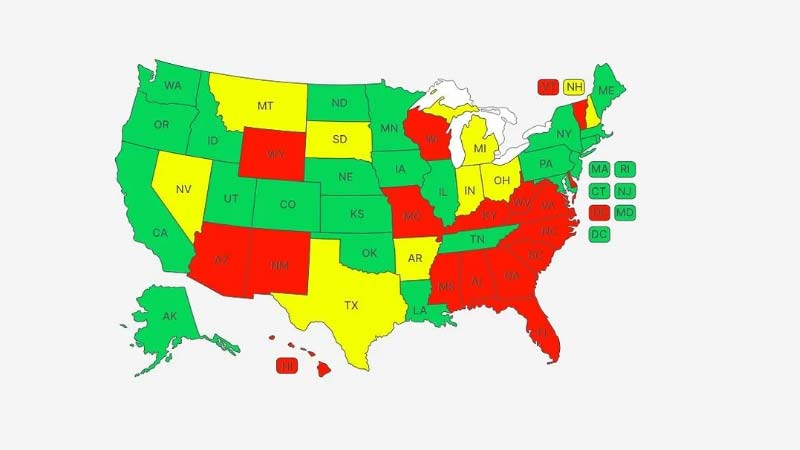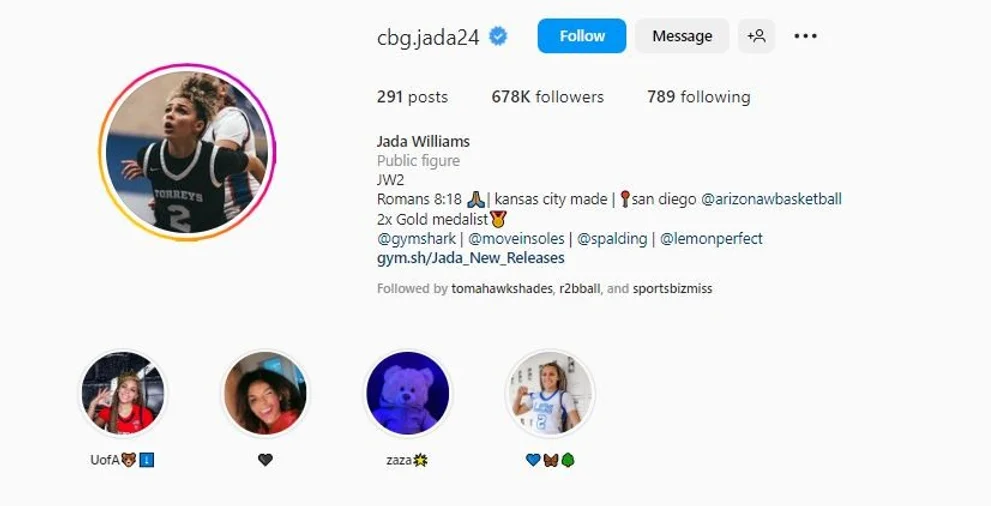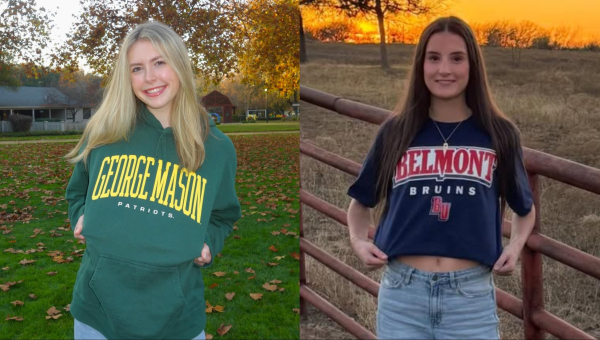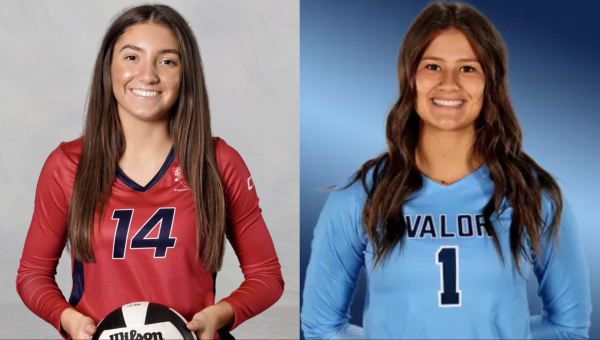
This content is provided FREE through our partnership with Dr. Scott Grant and Triple Threat Leadership/NIL Education to bring your family resources to learn the ins and outs about NIL, including the rules (each state is different), tactics, pitfalls, and marketplaces to take advantage of exciting opportunities available to student athletes.
“Can you explain how many states actually allow NIL at the High School Level and why they all keep changing so quickly?”
GREAT QUESTION!
So let’s start with the simple part first… (well kind of simple).
As of January 10th, 2023, there are currently 26 states that have approved the opportunity for NIL monetization by high school student athletes. This has been a pretty swift change movement as in July of 2021, there was only 1. So in a little over 17 months, we have crossed over the 50% threshold where the majority allow NIL.
As you will see in the map below, it’s pretty widespread throughout the country, with a large majority of states in the midwest and northeast already garnering approval. Additionally in just the last 6 weeks, there have been 4 additional states passing new regulations, with more than 5 in current considerations. So more are coming, and most likely coming quickly.
Even this map, developed by Ecckersports.com and routinely updated, is behind as New Hampshire was the most recent state to approve NIL.

It's also important to note that maps like this can be deceiving. There are states listed who may prohibit it, but have an avenue where students can petition a request for specific opportunities, or, their regulations may be "guidelines" instead of "bylaws". There are also states who allow it, but their regulations are extremely strict or unique - as seen with Maryland recently who became the first state to outlaw any NIL deals between High School student-athletes and video games, on-line games, and mobile devices. This currently is the only state that has a specific prohibition in a space where this demographic is extremely engaged.
To be honest, keeping up with the constant changes in bylaws, regulations, and rules is tough as occasionally there are numerous changes per week. Here are a few resources that try, and provide different levels of detail regarding HS NIL regulations:
- https://businessofcollegesports.com/high-school-nil/
- https://ecckersports.com/resource-hub/
- https://biz.opendorse.com/blog/nil-high-school/
It’s important to note that unlike the college level with the NCAA, there isn’t a national governing body that provides specific bylaws / amateurism policies that must be followed by High Schools in all the states.
Each state’s ATHLETIC or ACTIVITIES association (depending upon the makeup within the respective state), has control of those regulations.
Now some might say - “well, what about the National Federation of High Schools?” The National Federation of High Schools, better known as the NFHS, is the national leadership organization for high school athletic and performing arts activities, with its primary focus on writing playing rules for 17 sports for boys and girls at the high school level.
As it states on its website, www.nfhs.org,”as the recognized national authority on interscholastic activity programs, the NFHS conducts national meetings; sanctions interstate events; publishes a national magazine that is available to all high schools; sponsors professional organizations for high school coaches, officials, speech and debate coaches, and music adjudicators; serves as the national source for interscholastic coach training; provides online education courses for coaches, administrators, officials, parents, students, music/speech educators and others; and serves as a national information resource for interscholastic athletics and activities.”
The primary revenue sources for the NFHS come from sale of publications (rule books), online training courses, event streaming, as well as professional dues, sponsorships, royalties, etc.
Its mission is to act as a support organization for state athletic associations, and help coordinate leveling the playing field through a playing rule focus, but that still can be managed by the state association as well.
Learn more ---> https://www.nfhs.org/media/885655/nfhs_company_brochure.pdf
Ultimately, each state, as well as the District of Columbia, have a State Athletic / Activities Association that governs educational based extracurricular programming within their respective state.
In Ohio for example, we have the Ohio High School Athletic Association (OHSAA) that is based out of Columbus, Ohio. They serve as the governing body for all high school and junior school sanctioned sports by administering the general and sport specific regulations, as well as the bylaws that include compliance, eligibility, transfers, coaching certifications, catastrophic accidents, etc. to name a few.
It's important to note that states also have an Athletic / Administrators Association which is separate than the State Athletic Association. In Ohio the OHSAA governs the schools / sports, and the OIAAA (Ohio Interscholastic Athletic Administrators Association) serves as a professional development organization for Ohio Athletic Directors.
If you’re from Ohio and want to learn more about the OHSAA and it’s bylaws, you can check out their handbook here: https://ohsaaweb.blob.core.windows.net/files/SchoolResources/Handbook.pdf
In addition, the OHSAA operates sport state championships, and in collaboration with the respective district boards in Ohio, helps provide oversight for sectional, district, and regional competitions.
It’s important to note that each state governs their State Athletic/Activity Association a little differently in regards to who and how many sit on their board, how those positions change and when, the internal structure of their office, what they oversee from a regulation standpoint in their respective states, as well as how new and current regulations / bylaws get changed / added.
Again for some context, to change / add a bylaw within the state of Ohio, a referendum process must take place where the OHSAA member schools casts a vote on whether they approve (of each referendum item, as there may be multiple during a vote). Interesting to note, and most people outside of the school don’t even know this, but the voting member for each school is actually their High School principal. Too often people get mad at their Athletic Director for a change that has occurred, but sometimes they have no say if they’re school administrative team isn’t open to collaboration.
Ultimately - that principal is the one that casts their school districts official counting vote.
On a side note, and again something that most people in Ohio don't know, but Ohio SCHOOLS THEMSELVES can propose referendum items to be voted upon. This just isn’t something the OHSAA puts on the loud speaker for everyone to know.
In other states, that’s not necessarily the case. Some require a vote from their board of directors, which may or may not be made up of AD’s representing different districts within their state.
Some don’t require a vote at all, but rather an employee of their state association rewriting a bylaw and moving it forward through their own internal process, whatever that may be.
I have even seen a state where an amateurism / NIL regulation was rewritten to allow it, but because of their process and lack of communication with their AD’s, many of the AD’s didn’t even know the rule had changed. As crazy as this sounds, it does happen.
So while sometimes it’s easy for people to try to lump NIL all together in regards to regulations, what’s allowed, what’s not, etc…. At the high school level, there’s often nothing similar about it in regards to how it is developed, implemented, and yet to be seen - EVALUATED.
As you continue to work to try to understand NIL within your respective state, please note that where you need to start is at your specific state's athletic association.
Look at their bylaws, specifically in regards to amateurism and if any specific wording deals with Name, Image, & Likeness, or monetization. There are a few states that allow NIL not because they changed any bylaws to address it, but rather, because their amateurism bylaws were unclear and didn’t address it.
Additionally, to answer part 2 of the question from above regarding, “why are states changing their regulations / passing NIL?”... is a bit more complicated. But when you dig into the research and articles presented when approval or consideration of changes has come from the respective states, it usually centers around three major underlying causes.
1. FEAR OF CONTROL
There is a fear of not knowing how you can control or limit someone’s “right of publicity” just because they play high school sports. (Remember - a person’s name, image, & likeness is a legal concept known as a right of publicity. It’s pretty hard for anyone or organization to say they have control over that for someone else, especially just because they play high school sports). Additionally there is a fear for many state associations that if they don't get ahead of making a bylaw / regulation / policy change, that they will be left behind if a legislator decides to push it at the state law level. Often you'll hear of state associations saying that they'd rather be at the table first, than figuring out to do with what they get thrown at them later.
2. DIFFERENTIATION DIFFICULTY
It’s becoming extremely hard to differentiate in regards to whether a student-athlete's notoriety has to do with their athletic ability, or something else. For example - Robert Zayas, the New York Public High School Athletic Association (NYPHSAA) Executive Director stated in an article by the New York Times (https://www.nytimes.com/2021/08/13/sports/ncaa-high-school-sports-endorsements.html):
“I think that since July 1, when the NCAA lifted their NIL rule, it's become difficult to differentiate between capitalizing on your athletic fame and being a social media influencer. Because there's a lot of student-athletes that have a lot of followers on social media platforms that have nothing to do with their athletic ability; but by their athletic ability, does that negatively impact their ability to have social media influence? I think it's becoming increasingly difficult to differentiate between the two.”
Additionally he stated:
“If a student-athlete is able on weekends or during the summer to work at a car dealership and make $15 an hour washing cars, why is it that the same student wouldn’t be able to entice people to purchase a car from that same dealership and make $1,500?”
These are tough questions to manage, and to be honest, hard ones to draw a line in the sand on.
And lastly...
3. MOVEMENT & REVENUE
We’re now starting to see top level student-athletes with valuable NIL opportunities at their fingertips move from states that do not allow NIL, to states that do such as Jada Williams, a social media star who left Kansas City to head to San Diego because Missouri did not allow NIL for high school student-athletes. Jada, also known as “Lil Bullet”, has found social media stardom with nearly 700,000 Instagram followers by documenting her exhaustive practice routines with videos and photos posted online. She now pulls in over six figures a year from numerous major endorsement deals.

Or in some cases such as Quinn Ewers, the former top ranked quarterback in the class of 2022 out of Southlake, Texas, who reclassified to graduate early, forgoing his senior year and head to Ohio State and move forward with NIL opportunities.
If we’re going to be really honest, state athletic associations make a large percentage of their revenue from state tournament ticket sales / sponsorships. From a bottom line perspective, it’s important to have teams with good followings, as well as top level players playing that people want to come watch. When your top athletes in the state are potentially leaving for other states, or forgoing their senior year to head to college because of NIL, that’s something you have to take into consideration.
As always, NIL is much more than what often meets the eye at the high school level, and getting a grasp on what it actually means within each respective state can be a full time job. It's important that no matter what you believe, you continue to work to educate yourself on all things good and bad, as well as considerations of impact that are often missed.
At the end of the day, Education is KEY in regards to understanding how it comes into play, and who is, or isn’t, in control.




